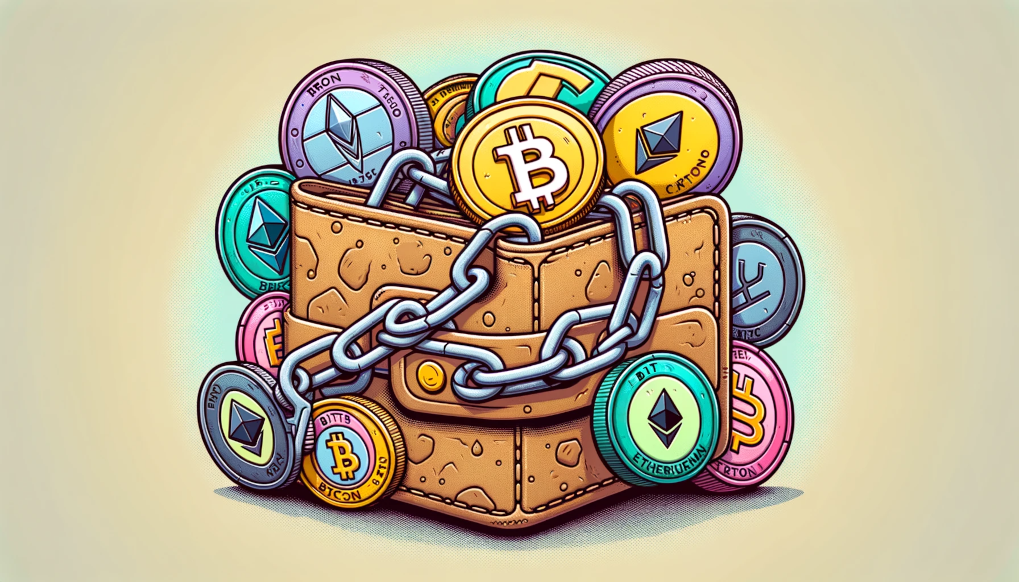Group Control of Funds: Crypto Wallets for Business

In the complex world of global finance, one thread remains consistent: the importance of trust. Trust, in both individuals and systems, is the backbone of any financial transaction. The emergence of cryptocurrencies has brought a new dimension to this age-old paradigm. Cryptocurrencies, being decentralized, place immense power (and trust) in the hands of their users. But with great power comes great responsibility. This is where multisig wallets, like TotalSig, come into play, especially for businesses.
Understanding the Basics: What is Multisig?
"Multisig," short for multi-signature, is a security protocol requiring multiple keys to authorize a cryptocurrency transaction. Imagine a digital safe requiring several combinations instead of one to access its contents. In the crypto realm, this translates to needing multiple cryptographic keys to authorize the movement of digital currency.
Traditional Finance and Crypto: A Trust Narrative
In the traditional business landscape, trust is fortified by regulations, oversight bodies, and time-tested systems. For instance, significant company decisions often necessitate board approvals, dual signatures for hefty cheque amounts, or even regulatory endorsements in certain sectors, ensuring no single entity has unilateral decision-making power.
Contrastingly, cryptocurrencies operate in a decentralized framework devoid of central regulatory oversight. This setup, while offering unmatched freedom and flexibility, also harbors increased risks. The mantle of trust and security now rests upon the users and the technology they utilize.
Why Multisig is a Business Game-Changer
The application of multisig technology addresses various operational and security concerns for businesses dealing with cryptocurrencies. The benefits can be outlined as follows:
Enhanced Security
Businesses frequently deal with large sums of money, making security paramount. A multisig setup acts as a robust safeguard in such scenarios. Even if one key is compromised or mismanaged due to actions or negligence of a single actor, the funds remain protected, requiring consensus among a larger group to authorize transactions. This setup mirrors the traditional financial system's requirement of multiple signatories for significant transactions, thereby minimizing the risks associated with the actions of a single individual.
Collective Decision Making
Requiring multiple approvals for transactions fosters a culture of group control and scrutiny. This ensures that large financial decisions undergo rigorous checks and balances.
Transparency and Accountability
Each transaction leaves a trail of approvals. This is invaluable for internal reviews, ensuring transparency and fostering a culture of responsibility.
Adaptability
Multisig setups can be tailored. Whether it's 2 out of 3 keys or 5 out of 7, businesses can customize the level of security based on their needs.
The Crypto Landscape: Navigating Higher Risks
The decentralized nature of cryptocurrencies means that mistakes can be costly. A misplaced key or an unauthorized transaction can result in irreversible losses. Unlike the traditional business world, where regulations can often provide safety nets or resources, the crypto domain is less forgiving. Here, effective risk mitigation isn't just advisable; it's imperative.
Hypothetical Example - StellarTech Solutions & the 3-of-5 Wallet
Background
StellarTech Solutions, a cutting-edge technology firm, often uses crypto to transact with its international partners.. The firm's CFO, Maria, is aware of the security risks associated with single-signature digital wallets and is seeking a solution that offers both enhanced security and operational flexibility.
Problem
StellarTech's operations are spread across five continents, with key executives frequently traveling for business meetings, conferences, and client visits. The company previously used a single-signature wallet, which posed challenges. There were instances when urgent transactions were delayed because the sole key holder - Alex (CEO), was unavailable due to his tight travel schedule.
Solution
After extensive research, Maria proposed transitioning to a 3-of-5 multisignature wallet. This setup would distribute five keys to five top executives, including Maria, Alex, and three regional directors. A transaction would require signatures from at least three of these key holders.
Outcomes
Enhanced Security: The multi-signature setup meant that even if one or two keys were compromised, unauthorized transactions could not be processed without at least three signatures. This greatly reduced the risk of potential breaches or fraudulent activities.
Business Continuity: During an annual summit, both Alex and one of the regional directors, Li, were unreachable due to the intercontinental flight. However, the 3-of-5 wallet setup ensured that business transactions could still proceed. Maria, along with the two other available regional directors, could sign off on critical payments, ensuring seamless business operation.
Conclusion
This hypothetical scenario provides a tangible illustration of how a 3-of-5 multisignature wallet can significantly enhance both security and operational flexibility for businesses engaging in cryptocurrency transactions. Through this case, we see a microcosmic representation of the broader security and trust paradigms discussed earlier in this article. The multisig setup not only mitigates risks associated with the mismanagement or compromise of a single key but also promotes a collaborative decision-making environment. This narrative underscores the crucial role of multisig technology in bridging the trust and security gap inherent in the decentralized crypto landscape. By adopting multisig setups, businesses can navigate the unique challenges posed by cryptocurrencies, ensuring secure, transparent, and timely transactions. This convergence of traditional trust mechanisms and innovative security measures heralds a progressive stride towards a more secure and accountable financial ecosystem in the digital age.

